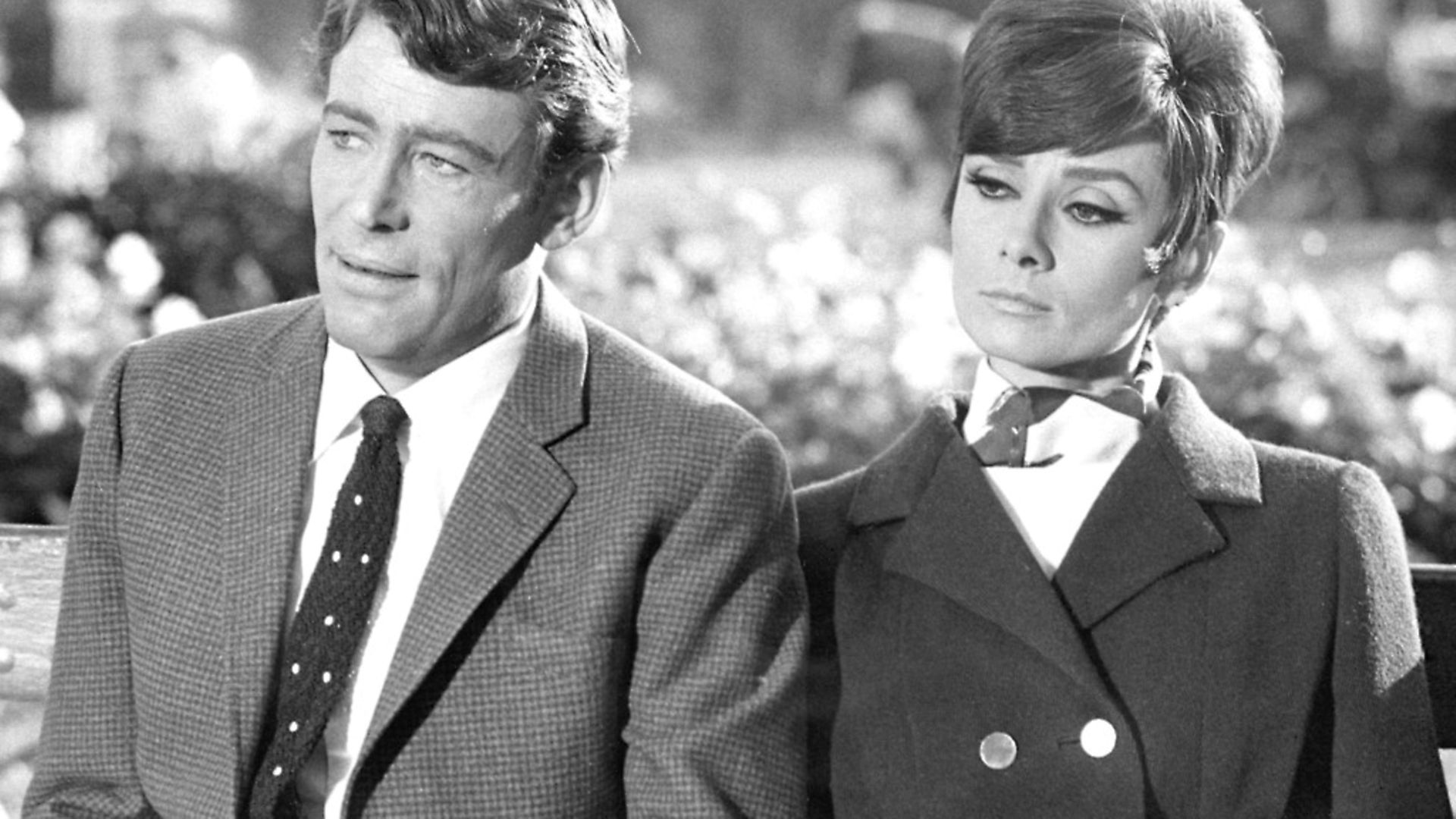
Besides the turkey, the tree and the pudding, there are two other perennials at Christmas: one is a broadcast of Frank Capra’s It’s A Wonderful Life. The movie is the supreme exemplar of the genre known as ‘Capra-corn’, the credo that there is goodness in the world and a good person will always find it.
The other festive perennial is the question of why the film did not get the praise it deserved when it was first released in 1946. That can be answered with two words: William Wyler.
And yet, that begs another question – how did Wyler overtake everyone else as well? Because the same year that It’s A Wonderful Life was first shown to a mass audience, the following films were also released: The Big Sleep, that acknowledged tribute, even back then, to the legend of Bogart and Bacall; The Blue Dahlia, Alan Ladd and Veronica Lake in film noir in excelsis: Gilda, Rita Hayworth and her immortal Put the Blame on Mame number; The Killers, featuring a just-getting started Burt Lancaster and Ava Gardner, both almost too beautiful to be real (This was the film whose coda music became the sound of 1950s US crime television); The Postman Always Rings Twice, Lana Turner and John Garfield as a couple who come as close to having sex as is possible in 1946 movieworld; The Razor’s Edge, Tyrone Power searching for the truth in post-war Paris – the contest between who was the most radiant on screen, him or co-star Gene Tierney, cannot be decided; Notorious, the film which settles once and for all the fact that Cary Grant was the greatest full-service actor / movie star of all time; My Darling Clementine, starring Henry Fonda and Monument Valley, that desert region straddling the Arizona-Utah border.
And then, too, there were the films and directors foreign to the American mainstream, but who have since become legends: La Bataille du rail (René Clément); La Belle et la Bête (Jean Cocteau); Waga seishun ni kuinashi (Akira Kurosawa); Paisan (Roberto Rossellini); Sciuscià (Vittorio De Sica); and Great Expectations (David Lean).
And yet, it was Wyler’s soldiers-returning-home-after-the-war film – The Best Years Of Our Lives – that took home all of the little statues, plaques and citations that the movie industry was handing out for the ‘Best of 1946’. He and his picture swept the board. The reason is that Wyler was relentlessly mainstream: he knew what the people wanted even before they did.
He knew about mainstream movie acting, camera work, music – the whole thing. And if what he did also became art, it was an accident.
Art, and kudos from film critics, were not his intention. Hitchcock felt the same way. But Hitchcock never worked with Bette Davis twice. Wyler did.
His films were multi-Oscared and so was he. If you were lucky to be cast as the lead, or near it, in one of his pictures, you would probably win a prize. At the very least, you would learn what movie-acting was and come away the better for it.
Barbra Streisand had never been in a film before Wyler’s Funny Girl. She did not have a clue and both she and Wyler knew it. But she was as much of a perfectionist as he was. She won a Best Actress Oscar for the first time that she had ever stepped in front of a camera.
Known as ’40 Takes Wyler’, he was, quite simply, a perfectionist. Laurence Olivier, who in the 1930s did not see the value of film at all, was outraged when Wyler told him to do the same thing more than 20 times. Olivier, one of the titans of the stage, asked ‘why?’ Wyler calmly replied: ‘Because what he was doing was wrong.’
Wyler was right and the film, Wuthering Heights, helped make Olivier a movie star. I can still remember the first time I saw it and him as I sat with my late mother, a vintage movie fanatic, watching it on afternoon television all those decades ago.
Wyler taught Bette Davis how to be an actress on screen because, as he explained to her, she simply did not know how. Later in life, she admitted that he had been right.
He told his cameraman to pretend to turn off the camera after the walk-on-actress and dancer Audrey Hepburn had finished her audition. He had also instructed him to tell her jokes.
She responded and Wyler gave her the job. He told her to be the woman in that ‘audition’ and then he used the footage as a trailer for the film and made her a household name. Gregory Peck saw the footage and insisted that she be co-billed with him. Wyler agreed and she won the Academy Award for Best Actress in her first lead role. The film was Roman Holiday. There are a lot of stories like that about Wyler.
He literally saved Hollywood at the end of the 1950s and one of its titans, MGM, with his remake of that old silent movie warhorse Ben Hur. Wyler, who shot on location in Rome, insisted that Stephen Boyd, the fine Irish actor who played the second lead, wear brown contact lenses because his steely director’s perfectionism made him irritated with all those blue eyes in Judea; he insisted that Charlton Heston actually earn to drive a chariot. His producer dropped dead from the stress before the film was released, but Wyler’s work earned the late producer the first posthumous Oscar. The picture’s opening shot is the trademark MGM lion. It does not roar. But the picture did. It made millions and created an entire genre. Not until 1998 and Titanic did any film overtake its Oscar haul.
The Best Years Of Our Lives – not as famous as Wyler’s other works; not eternal; barely seen now – was the movie that people needed. In it, Wyler – and the great cinematographer, Gregg Toland, who shot Citizen Kane – show small-town America. Not as it was. But as it thought it was and hoped to be.
In this respect, it echoes that other 1946 classic, It’s A Wonderful Life. While that film still gets a regular airing, The Best Years Of Our Lives – America deep inside its soul – deserves another look. Especially now.
Bonnie Greer is discussing Wyler and other directors from the 1920s to the 1960s on The Directors series now showing on Sky Arts










